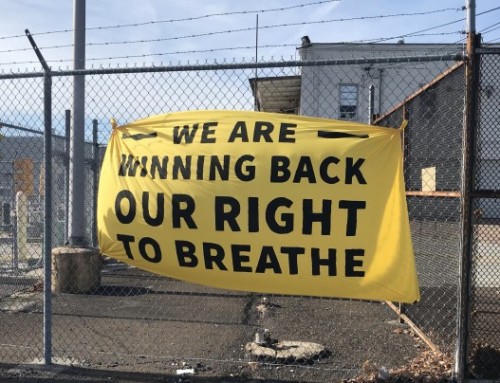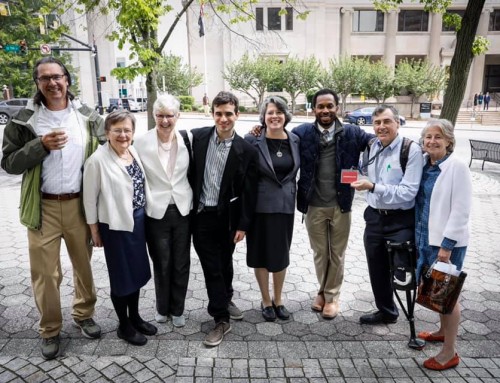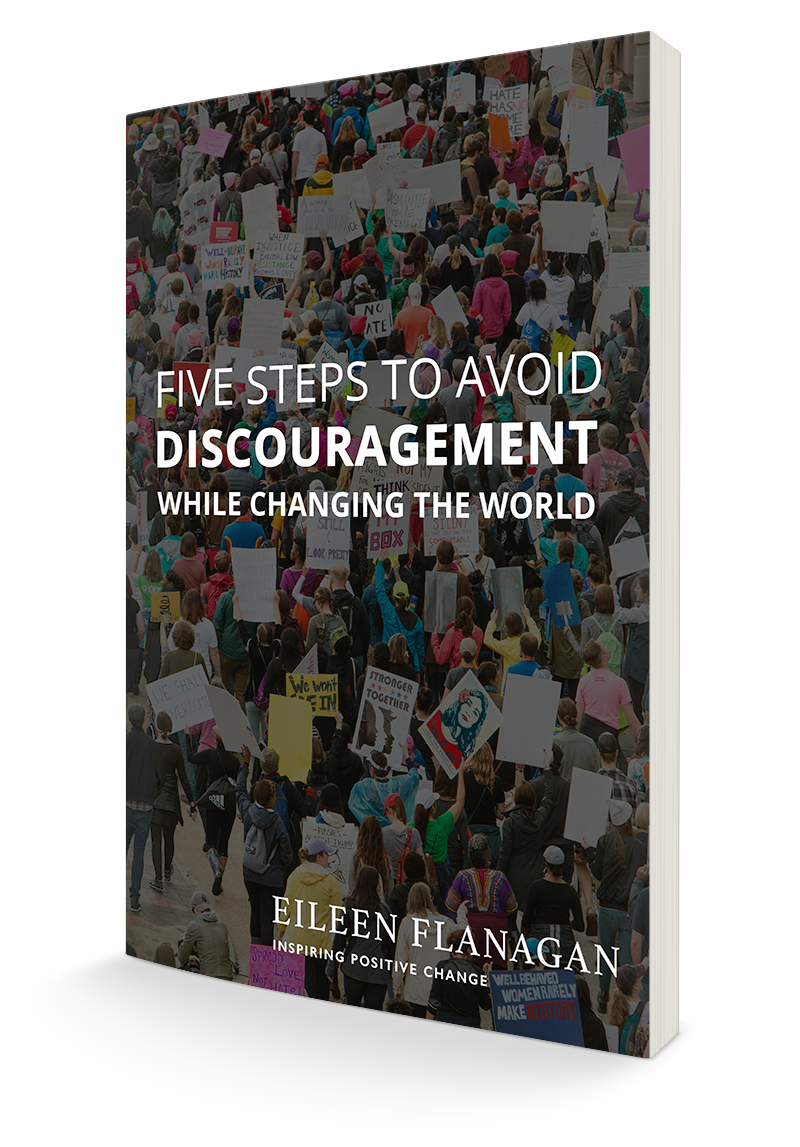 I’m breaking my self-imposed blogging break because I’ve been inspired by a new book, Hot: Living through the Next Fifty Years on Earth by Mark Hertsgaard, a reporter who has covered climate change for decades but didn’t really “get it” in a gut way until he had a daughter and started to imagine her future.
I’m breaking my self-imposed blogging break because I’ve been inspired by a new book, Hot: Living through the Next Fifty Years on Earth by Mark Hertsgaard, a reporter who has covered climate change for decades but didn’t really “get it” in a gut way until he had a daughter and started to imagine her future.
Hertsgaard uses his daughter—and all our children, including a little girl in Bangladesh—to make climate change personal, wagering that wanting what’s best for our children will be even more powerful than the fear and denial most of us have been living in. Certainly some of what he shares is fear-inspiring: water shortages alternating with floods, millions of refugees, threats to the food supply… and those are the inevitable problems, not the worse case scenarios. But what’s great about this book is that the bad news is mixed with good. He tells stories that inspire hope and action: West African farmers using innovative techniques that shade their crops and reduce carbon; US mayors who are planting trees in low-income neighborhoods, knowing that the poor will be more vulnerable to rising summer heat; people studying what can be done and others advocating for it.
While Hertsgaard does not sugar-coat the task ahead of us if we want to reduce carbon enough to avoid the worst possible scenarios, he also offers possibilities that I found surprisingly encouraging. One of the many people he interviewed advocates painting roofs and sidewalks white to reflect sunlight away from the earth’s surface:
The average American household could counteract the ten tons of CO2 it annually emits by retrofitting one thousand square feet of roof or sidewalk with reflective surfaces. Retrofitting all urban roofs and pavements in the world would yield emissions reductions equivalent to taking all the world’s cars off the road for eighteen years.
This kind of suggestion gets me motivated. Instead of feeling guilty because I drove my car to the coffee shop this morning, I now have something to do that might actually be effective. I’m pretty sure our roof is already reflective. After I check, I want to start talking to my neighbors about painting theirs. Maybe it could be a Quaker movement. We used to be identifiable by our grey clothes. Perhaps now we could lead a trend in white roofs.
Aside from inspiration, there is also a new concept I got from this book. Hertsgaard distinguishes between mitigating climate change and adapting to it. His motto—“Avoid the unmanageable and manage the unavoidable.”—is based on the belief that dramatically reducing carbon emissions now (like right now) can still prevent catastrophic climate change, but that we should also be adapting to the inevitable changes the earth is already experiencing. Many activities, like planting trees in low-income neighborhoods, do both, while recognizing that overall it is the rich who emit the most carbon and the poor who will pay the highest cost.
While many of the things I read and hear about climate change are depressing and disempowering, I found this book mostly inspiring. One of its closing metaphors is the dome of Santa Maria del Fiore, which we visited in Florence this summer. The foundation of the church was built centuries before the dome, before they even had the technology to build such a dome. Likewise, Hertsgaard argues, we must build the foundations of a new economy, even though we have imperfect information and technology now, trusting that if we build a sustainable foundation, future generations will figure out how to build the dome. That metaphor gives me hope for my children.






Well worth the break in your self imposed break from blogging! This sounds certainly to be a good read and is a subject near and dear to my heart. *Thanks* for sharing.
It's heartening to see a fresh crop of books that help us accept the reality that climate change is already upon us, and urging us to accelerate our efforts to avoid the worst of it. Another great book I highly recommend is Bill McKibben's "Eaarth".
Cool roofs have been spreading rapidly in Philly, starting in the early 90's when ECA did its first pilot program in search of an affordable cooling approach for low income elderly. White reflective roof coating reduces air conditioning load by roughly 20% – 22% in Philly, but needs to go over a roof that is well insulated and air sealed to have maximum year round benefit. In addition to lowering electricity bills, and increasing indoor comfort, white reflective roof coating extends the life of the roof by approximately 10 years. If properly applied, the roof would simply need to be recoated every 10 years, and would never need to be replaced. Yet another environmental benefit, since old tar roofing material is petroleum based and now considered hazardous waste.
My dream that Philly's roofscape will be a sea of white, cool roofs instead of hot black roofs is slowly coming true, as more and more people learn of the benefits of cool roofing.
Just a note: white roof coating can be applied over any seamed roofing material: rolled roofing, modified bitumen, metal, rubber, but not over lapped roofing material like shingles, tile or slate. However, cool shingles cost the same as dark ones.
Thanks, Liz! Jean emailed that you were working on this. Would love to chat with you more about it some time. And thanks, Sharon. Glad to see you're still reading when I post.
very inspiring Eileen, thank you I will forward this book title to friends and family:)